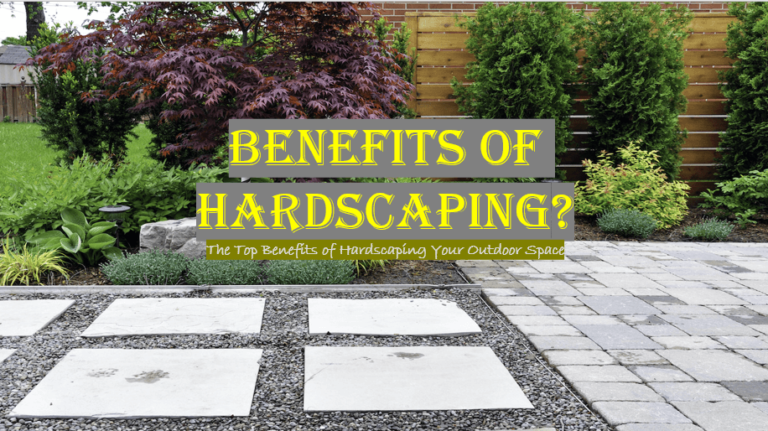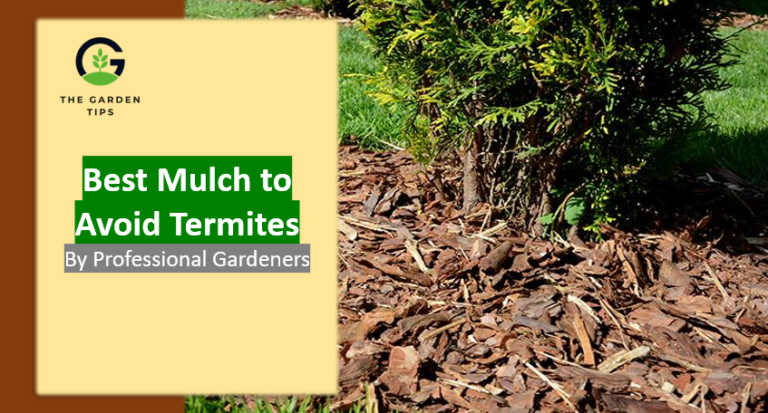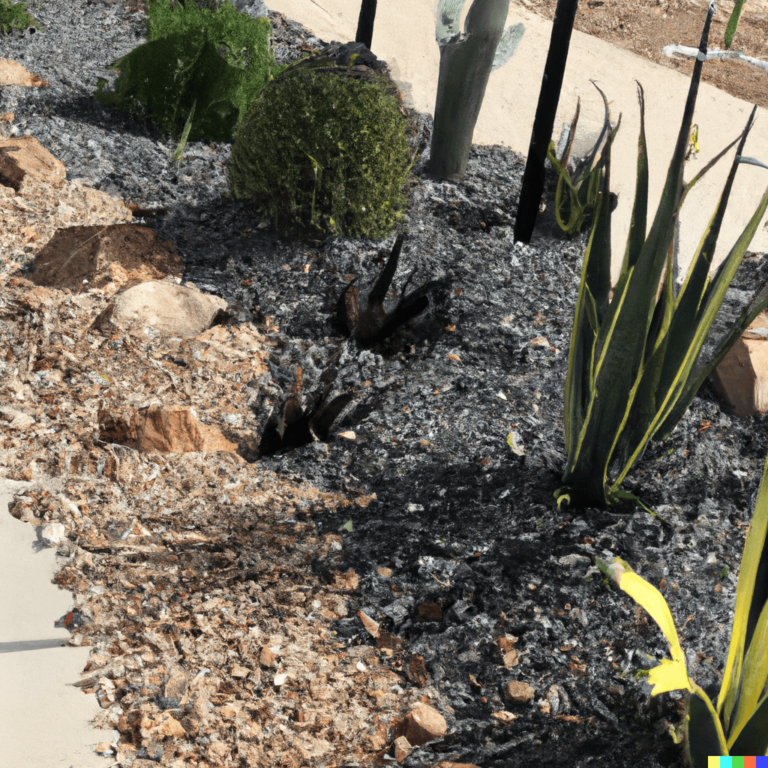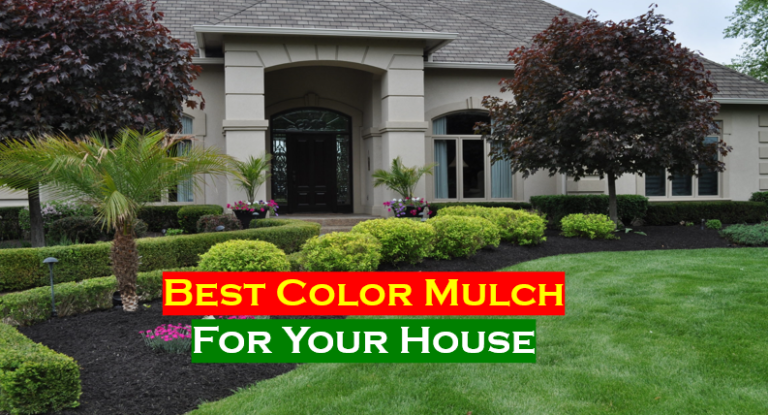Mulch made from shredded leaves is utilized on the soil surface and acts as an organic fertilizer. Mulch can be made from any material. Spread it around and over your plants to insulate and enrich the soil in your garden. They’re an old-fashioned way to keep the soil moist, and their thick layer of Mulch can help keep weeds at bay.
Soil erosion is prevented, water is retained, weeds are prevented, pests are kept at bay, and Mulch maintains the temperature of the soil. Many people raise the question of how to make Mulch at home. So there are several ways to make your Mulch, including collecting and reusing organic matter discovered in your yard.
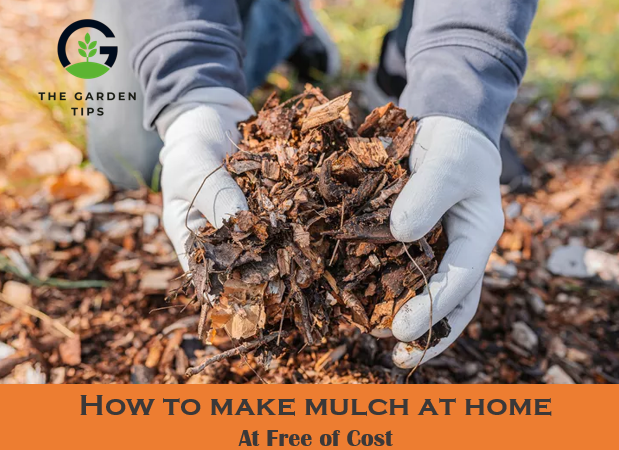
Benefits of Homemade Mulch
Homemade Mulch has many advantages for the garden in the winter. It serves as an excellent weed barrier, preventing the growth of weeds and other grasses, and it also serves as excellent insulation for plants, animals, and insects.
A layer of Mulch made of leaves can also protect your soil from birds, which can eat your earthworms. Mulch, like leaf mold, aids in soil preservation and water conservation by reducing evaporation.
How to make your leave Mulch?
Process of making leave mulch
Fallen leaves collection
Leaf mulch is great for your garden because it can be found in many homes with leafy plants and trees. In the fall, rake up the leaves that have fallen and collect the ones that have been cut from plants.
Walnuts, as well as eucalyptus tree leaves, as well as eucalyptus tree leaves, should not be used because they can stunt the growth of other plants.
Make a pile of fallen leaves.
- Gather all of your fallen leaves in one place with a leaf blower or pile
- Leaves should be stacked on a flat surface of the lawn to avoid damaging the blades of your lawnmower
- Layout the leaves in a layer no thicker than 5 cm (2 inches) thick
- You’ll have to scoop up all the leaves with no rake or leaf blower
Shredding the leaves
Using a lawnmower, pulverize the leaves. To make smaller pieces, mow your lawn mover over the pile several times after the leaves have been gathered into one layer. Keep shredding until you get pieces the size of a dime.
Using a leaf shredder in the garden will aid in the decomposition of leaves, releasing valuable nutrients into the soil. You may also use an electric or battery-powered leaf shredder to chop the leaves. If you don’t have a leaf blower or a hedge trimmer, manually shred the leaves.
Use Mulch rapidly and store extras
Shredded leaves are ready for the garden once they’ve been shredded. Additional Mulch can be saved in an aerated barrel, a large air-filled bag, scattered out on a tarp, and protected from the elements.
The leaf mulch can also be mixed with other Mulch found in your garden once it’s prepared. Mulch loses nutrients as it sits in storage for an extended period.
The pH toxins released by fermenting Mulch are lethal to plants, so it’s important to store Mulch in well-ventilated areas when possible.
Combination of other mulch material with leaves
Tree trunks, bark, and other foliage
Mulch made from organic matter, such as wood or bark, is also an excellent option. Take a walk around your house, gathering any tree trimmings, bark, or fallen branches you may have missed while pruning your plants. Put on a pair of safety goggles and use a wood shredder to turn the wood and bark into Mulch.
If you prefer, you can use wood and bark mulch on their own or in combination with leaf mulch. Inexperienced gardeners should avoid using wood mulch on newly planted trees and shrubs.
If you don’t already own a wood chipper, you can rent one from a local hardware store. For long-term mulching, wood would be a better option than leaves.
Grass clippings for mulching
To get the most benefit from grass clippings, use them with leaf mulch. Remove the grass clippings from the lawn after mowing. Use a shovel or pitchfork to mash the clippings into the leaf mulch. Using a bag with your mower to collect the grass is a simple way to dispose of it.
Pine needles for mulching
Fallen pine needles, like grass clippings, can also be used as Mulch. Acid-loving plants are the prime choices for pine mulch. With a shovel or pitchfork, rake up needles from your yard and mix them with the Mulch.
Newspaper for mulching
Mulch can also be made from newspapers and other papers around the house. Once you’ve collected your paper, shred it into tiny pieces with a powered shredder or scissors. The paper shreds can be mixed with the leaves Mulch and used the same way as before.
Weather Conditions VS. Mulch?
Summer and winter mulching
Mulching your gardens in the summer will help them retain water and keep their roots cool. Frost protection and soil warming are benefits of mulching in the winter. With time, summer mulch will decompose, but the winter mulch must be replaced in spring.
How to remove winter mulch?
Remove the Mulch that was put down in the fall and winter to keep your plants safe from the cold. The removed Mulch can be added to your compost heap.
Adding more nutrient-rich Mulch to the soil requires removing winter mulch in the summer because it does not decompose as fast as summer mulch.
Best Mulch for summer
Mulches ideal for the summer include leaf mulch, leaf mulch mixtures, and organic compost.
Best Mulch for winter
Straw, pine needles, and bark are all excellent winter mulches.
Weeding in Mulch
Get rid of any weeds that may be growing in the garden before applying Mulch. Weeds can thrive in Mulch that shields them from sunlight. You’ll also be putting unwanted competition on your plants.
Depth of Mulch
After spring planting or winterizing, the garden spreads the Mulch over the soil. Spread a 2 – 6 inch (5 -15 cm) layer of Mulch over the garden bed using a shovel or rake.
- Mulch 2-3 inches or 5-8 cm deep in shady areas.
- Apply Mulch 3-4 inches or 8-10 cm of Mulch in sunny areas
- Mulch up to 6 inches or 15 cm deep is recommended in areas where the weather is particularly very hot and sunny.
Remove the Mulch from the plant base
With your hands or a spade, remove the Mulch from the roots after it has been spread over the bed. If you do this, plants in shady areas will be better protected from mold, rot, and insects.
Keeping the Mulch away from the plant will also enable air to circulate, which is essential for a healthy plant’s development. Make sure the Mulch does not touch the plants’ roots by leaving a 1- to 2-inch (2.5- to 5-centimeter) gap between it and the Mulch.
Mulch FAQ
What is the Difference Between Mulch and Compost?
Once you have established the fundamental differences between compost and Mulch, it will be easier to see how they relate.
- Mulch is applied on the soil’s surface, while compost is incorporated into the soil.
- Nutrient retention and structural improvement are the primary goals of composting.
- Mulch is the best for weed control, erosion prevention, and soil moisture retention.
- On the other hand, Mulch can be either synthetic or natural materials that have not yet decomposed, whereas compost is composed of decomposed organic materials.
Does Mulch have fertilizer in it?
In the right conditions, mulching can return up to 4% nitrogen, 1.1% phosphorus, and 2% potassium to the soil. Every fertilizer contains the same trio of nutrients. Mulching can eliminate one fertilizer application by providing 25% of your lawn’s yearly nutritional requirements.
What is used to color mulch?
Iron oxide is used to make the mulch red in color. We all know what happens when this compound oxidizes, and it’s called “rust” because it’s red. Despite its negative connotations, “rust” is perfectly safe in the garden.
Which color of Mulch is the least likely to fade over time?
The color of regular Mulch fades in the sun, turning a greyish hue. Normally brown Mulch can turn grey in as little as 1-2 months if it isn’t dyed. On the other hand, dyed brown or black mulches can last for at least a year and in certain cases, longer, with minimal color loss.
How do you keep Mulch looking fresh?
To keep Mulch looking its best, remove any weeds, leaves, or sticks regularly. Rubber mulch can compact over time, so rake it to loosen the layers. Eliminate any dust and debris from the Mulch by spraying it with water. Re-mulch any areas where Mulch has been removed.



